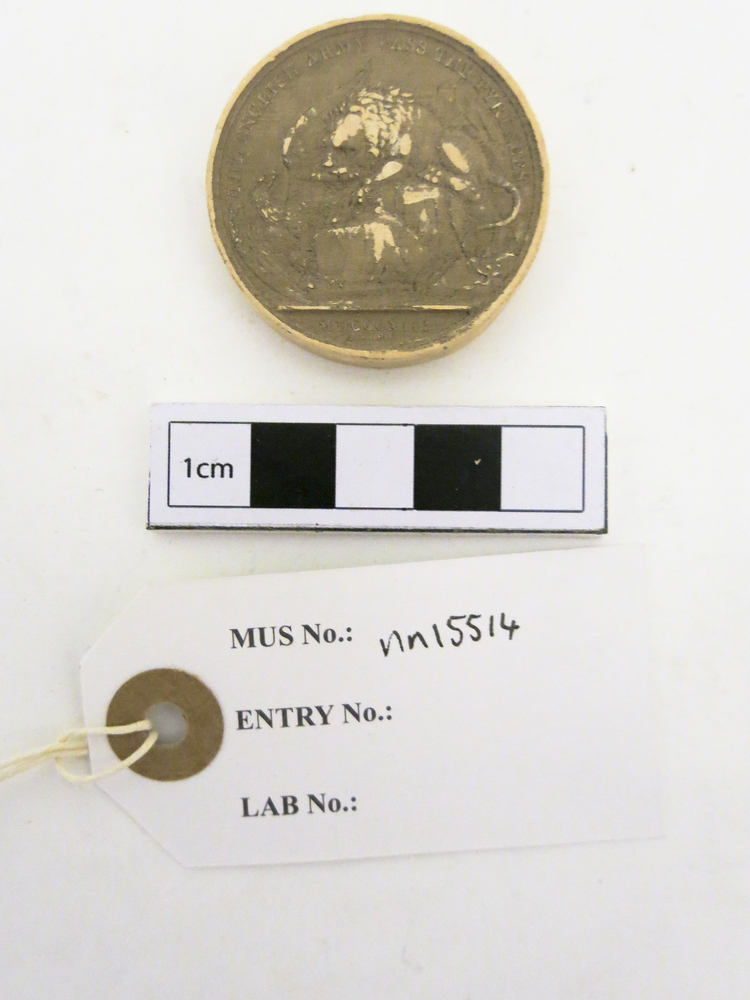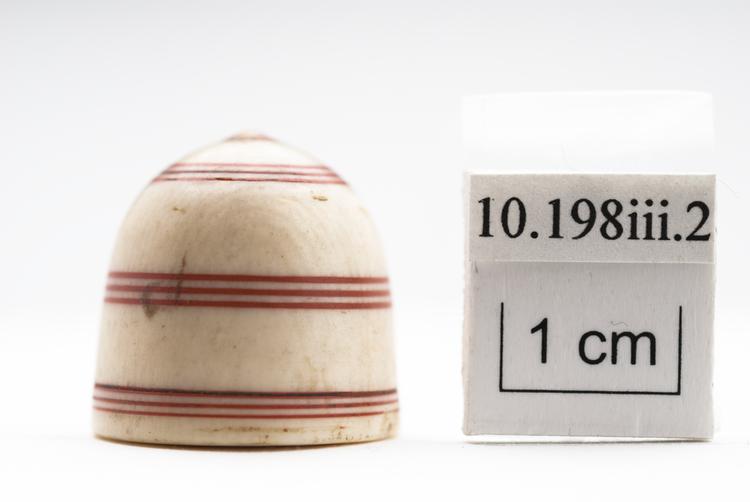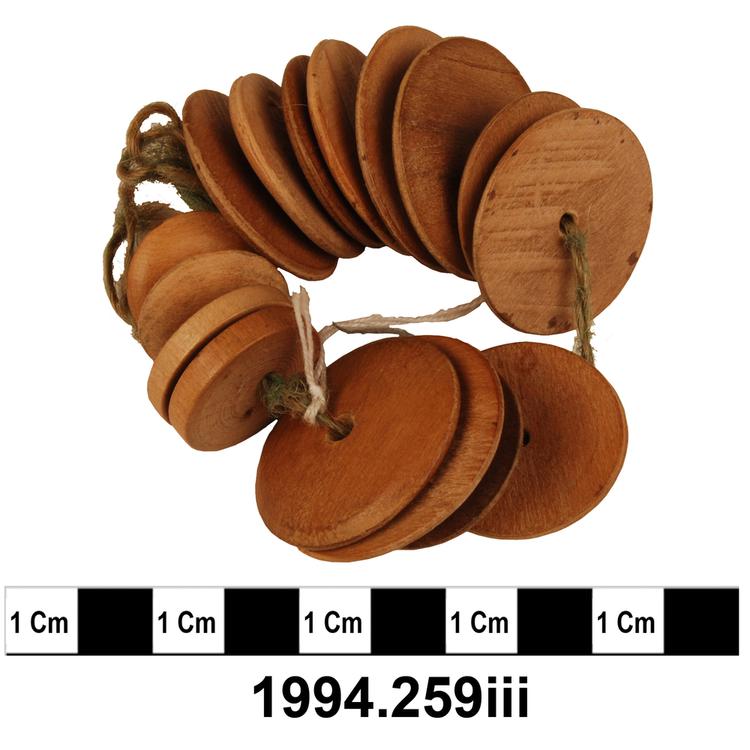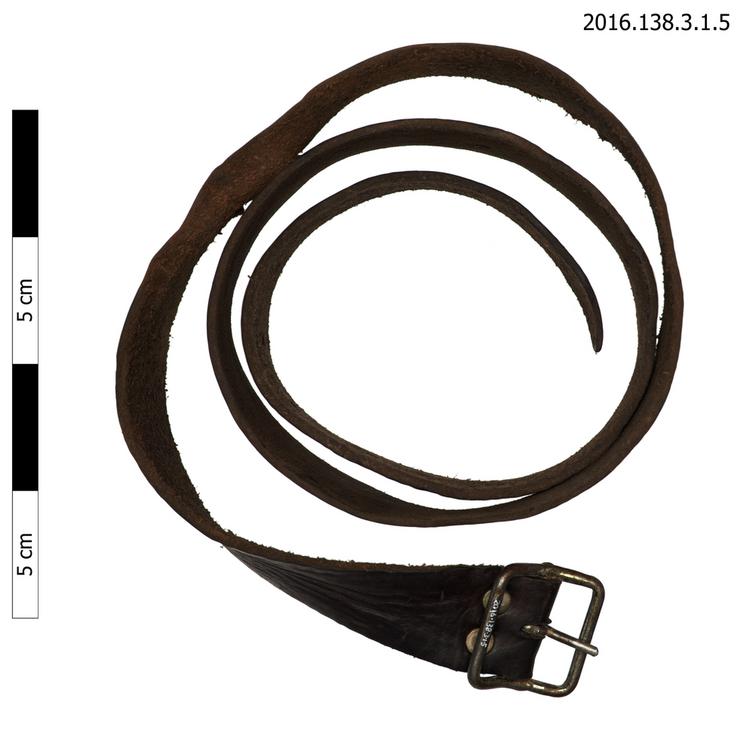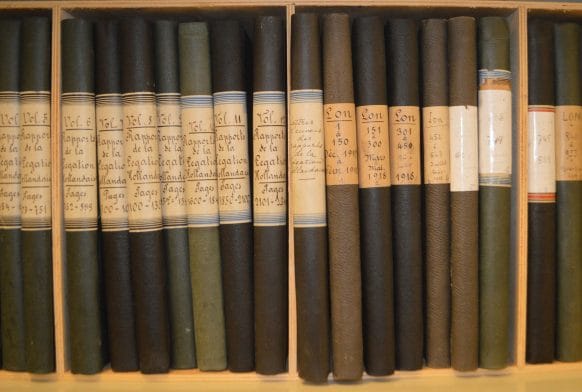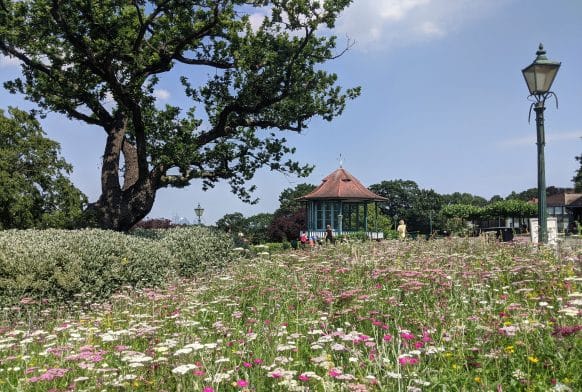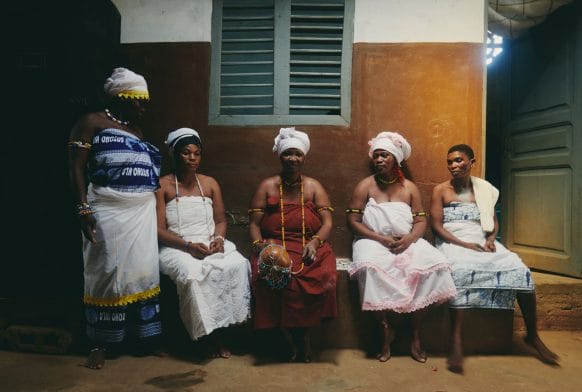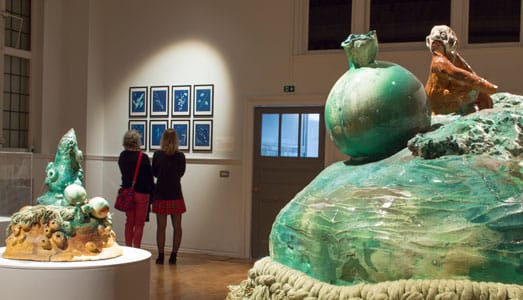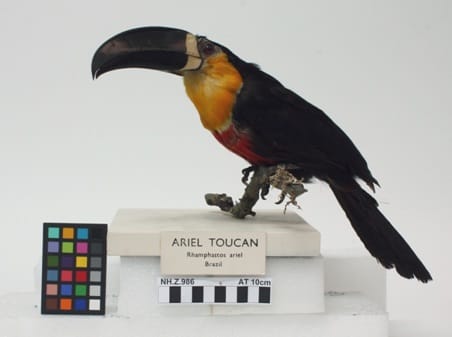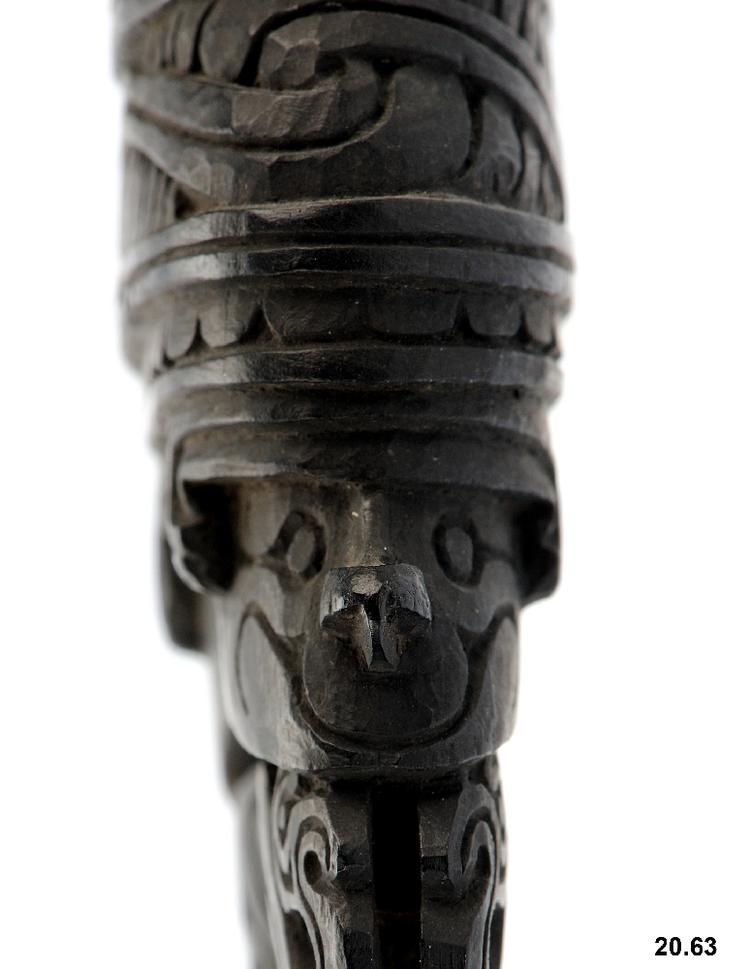
Exceptionally fine lime spatula in Massim ebony incorporating janiform busts and opposing birds, crocodiles and various scroll elements.
Lime Spatula, Kena, Trobriand Islands, Milne Bay Province, Papua New Guinea. The addictive stimulant drug Areca catechu (buai, the betel nut) is chewed by many men throughout New Guinea and Melanesia as far east as the Solomon Islands. This drug was introduced into Melanesia through Indonesia in prehistoric times, and a vast array of beautiful tools and containers have been developed for processing, storing and using the betel nuts themselves, and the powdered limestone consumed with them. This powdered limestone (kambang, usually ground-up coral) undergoes a chemical reaction with the active ingredient Arecoline in the nuts, and makes its effect much stronger. In Asia, the lime is usually wrapped up in a little betel-leaf parcel with the sliced nuts. In Melanesia, however, the nuts are chewed up directly, and a small dab of powdered lime is dipped from inside a storage container with a saliva-wetted tool known as a lime spatula. Lime spatulas from the Trobriand Islands are among the most varied and artistically impressive versions of these tools to be found, and this is an exceptionally good example. As a result, it is likely to come from the eastern part of the archipelago, perhaps Kitava Island which was famous for its ebony-work. Black hardwood. Early 20th Century. Formerly in the private collection of Sir Everard im Thurn.



